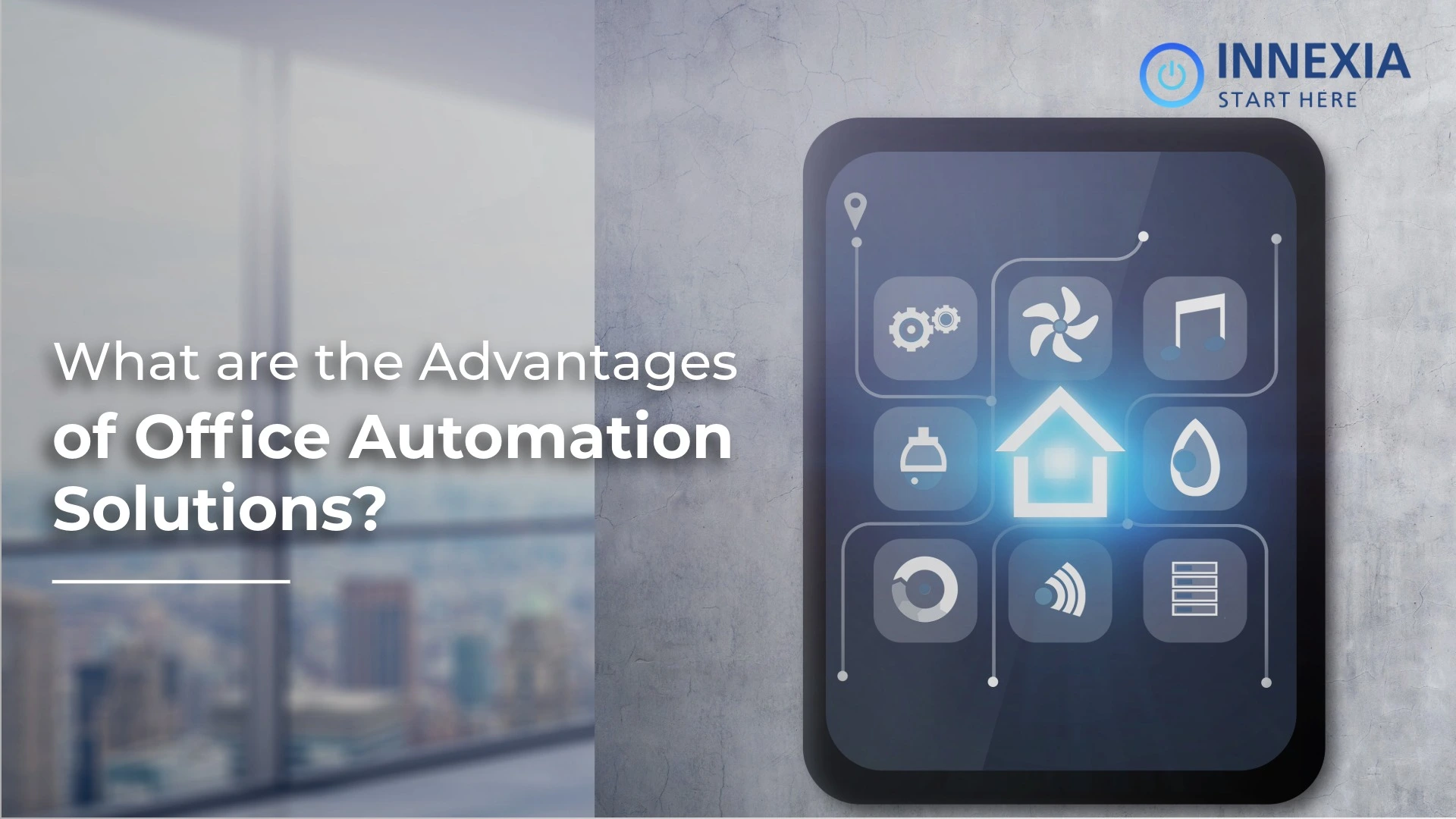In today’s fast-paced business environment, efficiency and productivity are non-negotiable. Companies that leverage office automation solutions gain a competitive edge by streamlining operations, reducing human error, and enhancing collaboration. This article explores the profound advantages of office automation, delving into how it revolutionizes workflows, optimizes resource allocation, and future-proofs businesses.
The advantages of office automation solutions
1. Enhanced Operational Efficiency
Office automation removes repetitive, time-consuming chores, allowing staff to concentrate on higher-value activities. Processes such as data entry, invoice processing, and report generation can be automated, drastically reducing manual effort.
Faster Task Execution: Automated workflows ensure tasks are completed in minutes rather than hours.
Reduced Bottlenecks: Approval processes, document routing, and notifications happen seamlessly without human intervention.
24/7 Operations: Unlike human labor, automation tools can operate continually, assuring consistent productivity.
By minimizing delays, businesses achieve smoother operations and quicker turnaround times.
2. Significant Cost Reductions
Labor costs constitute a major portion of operational expenses. Automation decreases reliance on manual labor, resulting in significant savings.
Lower Labor Costs: Fewer employees are needed for administrative tasks, allowing reallocation of staff to strategic roles.
Reduced Errors: Mistakes in data handling, calculations, or compliance documentation can be costly. Automation ensures precision.
Optimized Resource Use: Energy, paper, and supply costs decrease as digital workflows replace physical processes.
Over time, these savings compound, improving profit margins without sacrificing quality.
3. Improved Accuracy and Compliance
Human errors in data entry, financial reporting, or compliance documentation can lead to financial losses or legal repercussions. Automation enforces consistency and adherence to regulations.
Error-Free Data Handling: Automated systems follow predefined rules, eliminating manual miscalculations.
Audit Trails: Digital records of every action ensure transparency and simplify compliance audits.
Regulatory Adherence: Automation tools can be programmed to follow industry-specific compliance standards, reducing legal risks.
Industries like finance, healthcare, and legal services benefit immensely from this precision.
4. Seamless Collaboration and Communication
Modern workplaces rely on cross-functional teamwork, often across different geographies. Automation bridges communication gaps and enhances collaboration.
Centralized Information: Cloud-based automation tools ensure all team members access real-time data.
Automated Notifications: Employees receive instant updates on task completions, approvals, or deadlines.
Integrated Platforms: Tools like CRM, ERP, and project management software sync effortlessly, eliminating silos.
This interconnection promotes a more agile and responsive working environment.
5. Scalability and Business Growth
Manual processes struggle to keep up with business expansion. Automation scales effortlessly, accommodating increased workloads without proportional cost increases.
Handling Higher Volumes: Automated systems process thousands of transactions or documents without additional staffing.
Flexible Adaptation: As business needs evolve, automation workflows can be reconfigured without major overhauls.
Global Operations: Multinational companies benefit from standardized processes across regions, ensuring uniformity.
Scalability ensures businesses remain competitive in dynamic markets.
6. Enhanced Employee Satisfaction and Productivity
Contrary to fears of job displacement, automation empowers employees by removing mundane tasks, allowing them to engage in meaningful work.
Reduced Burnout: Employees avoid repetitive tasks, leading to higher job satisfaction.
Skill Development: Staff can upskill in strategic areas like data analysis, customer engagement, and innovation.
Faster Decision-Making: Automated analytics provide actionable insights, enabling quicker, data-driven choices.
A motivated workforce translates to higher retention rates and better performance.
7. Superior Customer Experience
Automation extends beyond internal processes—it enhances customer interactions through faster response times and personalized service.
Automated Customer Support: Chatbots and AI-driven helpdesks resolve queries instantly.
Personalized Marketing: Automated CRM tools track customer behavior, enabling tailored promotions.
Faster Service Delivery: Orders, refunds, and service requests are processed without delays.
Satisfied customers lead to repeat business and stronger brand loyalty.
8. Data Security and Risk Mitigation
Manual handling of sensitive data increases vulnerability to breaches. Automation strengthens security protocols.
Controlled Access: Role-based permissions ensure only authorized personnel handle critical data.
Encryption & Backups: Automated systems encrypt data and perform regular backups, preventing loss.
Fraud Detection: AI-driven tools monitor transactions for suspicious activity in real time.
This proactive approach minimizes cyber threats and financial risks.
9. Environmental Sustainability
Going paperless is just the beginning. Automation supports eco-friendly business practices by reducing waste and energy consumption.
Reduced Paper Usage: Digital documentation cuts down on printing and storage needs.
Lower Carbon Footprint: Remote workflows decrease the need for commuting and physical office space.
Energy Efficiency: Automated systems optimize power usage in offices and data centers.
Sustainable practices not only benefit the planet but also enhance corporate reputation.
10. Competitive Advantage and Future-Readiness
Businesses that utilize automation early establish themselves as industry leaders. They adapt faster to technological advancements and market shifts.
Innovation Leadership: Automated companies can experiment with AI, machine learning, and IoT integrations.
Agility in Crisis: Automated workflows ensure continuity during disruptions like pandemics or economic downturns.
Data-Driven Strategies: Real-time analytics enable proactive decision-making, staying ahead of competitors.
Future-proofing through automation ensures long-term relevance and growth.
Conclusion
Companies that embrace automation unlock new levels of efficiency, scalability, and innovation, securing their place in an increasingly digital world. The benefits are revolutionary, ranging from cost savings and reduced errors to improved teamwork and customer happiness.
By partnering with Innexia, Ahmedabad’s leading automation experts, organizations can transform their operations, maximize ROI, and future-proof their business. The future belongs to those who automate intelligently, and with Innexia, that future starts today.




